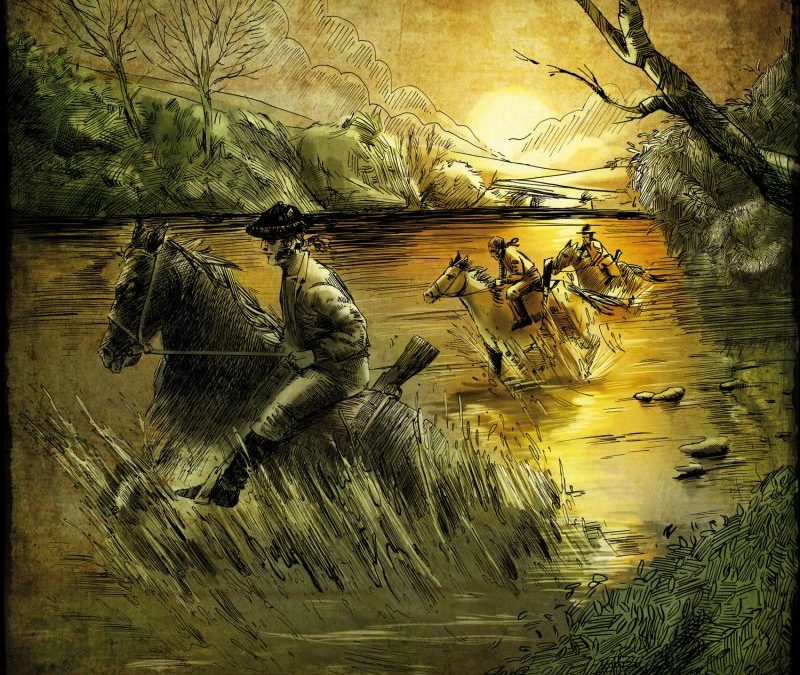the practice of [n banditry in Andalusia] It dates back almost to antiquity., and this is due both to the Andalusian geography, [n Sierra Morena, Despeñaperros and the Serranía de Ronda], as well as different socioeconomic conditions that occurred throughout the centuries. In the province of [n Cadiz] the rock of Algarín is located, in whose shadow lies [n The Gastor].
Main [n reasons] why banditry occurred in Andalusia with such strong roots are the backwardness and lack of culture of the common people, the abandonment by the authorities when it comes to repressing these marginal attitudes and the enormous distance between social classes.
Nevertheless, the figure of [n bandit] had its heyday in the 19th century, during the reign of [n Ferdinand VII], emerged from the guerrilla groups in the War of Independence that, by the end, They found themselves unable to join the regular army.
It is the time of bandits like [n the seven children of Écija], specialized in assaulting farmhouses, [n Andrés López the boatman from Cantillana], that inspired the famous television character of Curro Jimenez, [n Curro Lopez], shoemaker from Jerez de la Frontera, and José María Hinojosa, better known as [in the Tempranillo], from Jauja in Lucena.
If you want to enjoy a hiking route along the old paths of the Andalusian bandits, crossing farmhouses and natural landscapes following the path of the Guadalporcún River, we suggest the [n Route of the Bandits and the Acinipo Deposit]. We will enjoy a beautiful landscape, but always on the lookout for a possible ambush by bandits like those of the José María gang “Tempranillo”, who was called the “King of Sierra Morena” and who made these lands the usual place for his adventures.
More information about this activity [www.genatur.com/proximas-actividades/ HERE]


